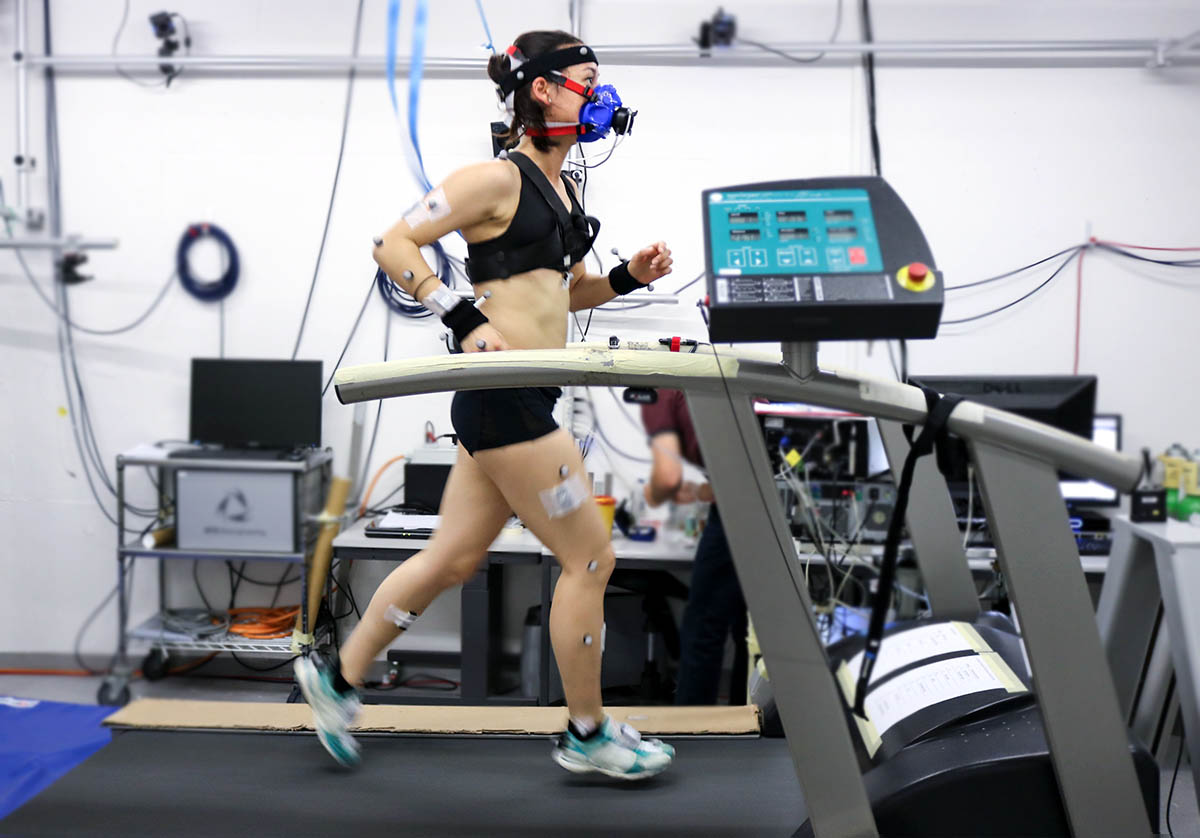A research-grade wearable power meter for running
- Contact person: Mathieu Falbriard
- People involved: Grégoire Millet, Frédéric Meyer, Benoît Mariani
- Partners: ISSUL (UNIL), Gait Up S.A.
- Funding source: InnoSuisse

Overview:
Unlike cycling, there is no direct means to measure Power in running outside the lab. The aim of the Watts Up project is to fill that gap and propose a research-grade power meter library for running. Its innovation comes from its powerful wearable sensor based software providing highly reliable estimate of power in order to give automatic and real-time personal advice on correct effort, regardless of terrain (e.g. uphill, level) or context (e.g. indoor, outdoor). This innovative technology is comprised of 3 phases: (1) theoretical approach based on physiology of exercise and biomechanics of running to recognize and characterize the power related metrics, 2) experimental approach to gather running power ground truth data for validation purpose, and 3) wearable technology based on multiple body worn sensors to derive an accurate estimation of power.
Method:
A validation data set was collected with 35 participants running on an instrumented treadmill. The protocol was devised in 4 sessions with multiple running conditions (speed, gradient). The aim of the first session was to evaluate the physiological state of the subjects and the effect of fatigue on control conditions (i.e. constant speed and slope). In sessions 2, 3 and 4 the participants went through a series of 4 minutes running bouts at different running speed (i.e. 8, 10, 12 and 14 km/h) and slope gradient (i.e. 0%, ±5%, ±10%, +15% and ±20%) with a pseudo-randomized sequence of tasks within each session to reduce the effect of experimentation. Multiple measurement systems were used to monitor the kinetics, kinematics and physiological response of running: full body inertial measurement units, force plate, motion tracking cameras, video cameras, heart rate monitor, ergospirometer and blood lactate analyzer. The measurement sessions of a subject were separated by minimum two days to ensure a proper recovery.